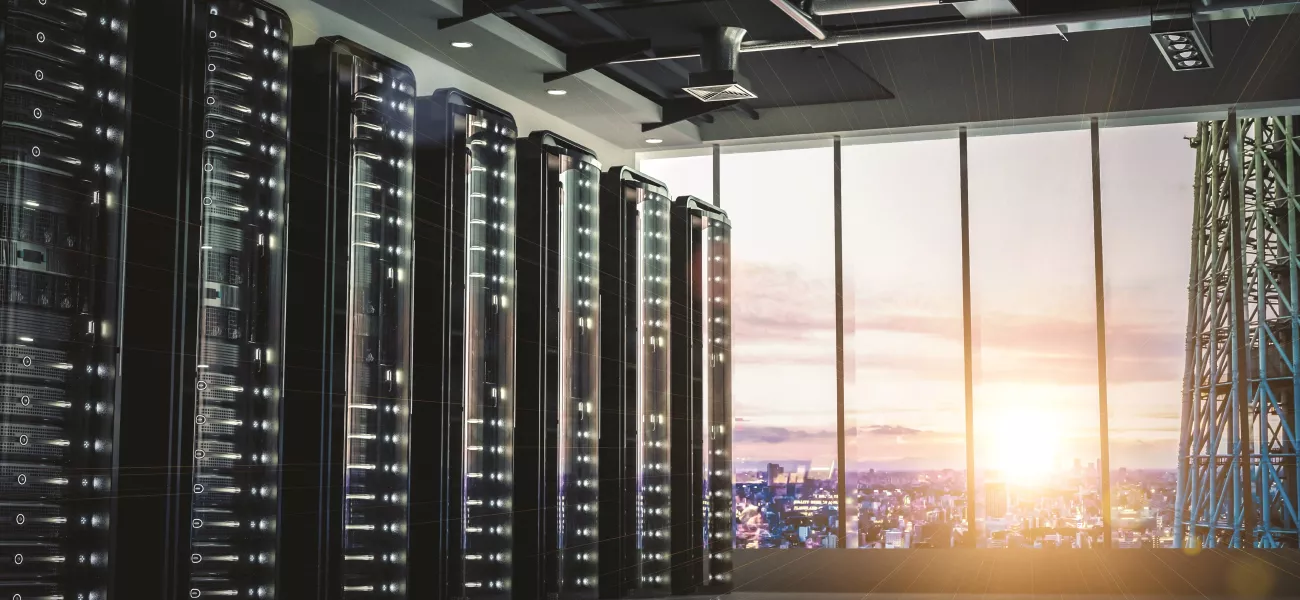
Anand Chandrashekara, APAC Relationship Manager at Axis Communications, argues that Asia-Pacific is fertile ground for data-center growth – but it is not without its challenges.
The APAC region represents a shining investment opportunity for those wishing to get in on the ground floor, as it were, in the building of accelerated digitalization. The Global South is a melting pot of new technologies – 5G deployments, smart city projects, medical advancements, an increasing reliance on AI, and a rise of general populous computing. These all make the region a highlight growth market, one which presents an increasing need for cloud services and data centers. APAC is set for great advances, but the region is not without its challenges if operators are to deliver that progress.
Energy supply and demand
Energy availability remains a barrier for data center expansion worldwide. Data center operators are aware of the steady growth in demand and the need to prioritize robust available supply above all else. Interestingly the APAC region leads the world in supply growth: between 2018 and 2023 the compound annual growth rate of data center live supply in APAC was 19.1%, compared to 16.7% for the Americas and 13.6% in EMEA[1]. But the level of desire for expansion in the APAC region is not yet matched by the pace of energy infrastructure growth.
In order to improve the volume and reliability of supply, developing nations facing economic disparity need the investment and commitment of data center operators. Conversely, operators need a consistent energy supply and the additional capacity to expand if required. Grids are hardening, and solar is steadily growing, but both demand money, time, and physical space. Certain APAC countries may even have reached their limit: Singapore had just 4MW of capacity to offer as of July 2023, and the highest energy lease fees in the world[2].
Land and construction cost considerations
Growing utilization of innovative technologies has created an exciting landscape, but the issue of limited capacity is equaled by the issue of land and construction costs. Moving data centers to more rural locations might be an obvious response, but land with suitable available power is scarce. What’s more, raw materials, transport prices, and energy supply fees remain at an all-time high throughout the world, and construction costs have risen sharply to match.
Some data center businesses are waiting to invest in new locations until a market correction occurs, electing instead to expand existing operations. That is not to say that APAC’s data center growth has stalled. China, Australia, India, and Japan are rising fast in the world rankings. But operations cannot be ring-fenced only into the most tech-forward nations, particularly given the volume of data protection and data sovereignty legislation enacted in the region over the past half decade, and those laws which are still to come.
Culture and character differences
APAC represents a broad spectrum of nations with little commonality and, in the case of areas like India, vast cultural and economic differences even within national borders. Demand for data is uneven, skewed by disproportionate wealth distribution; divisions of language and political trust can create barriers which delay harmonious development; potentially volatile areas of the region add uncertainty, complexity, and ambiguity which can hamper enthusiasm for investment.
This is true of large-scale data center development and is also true down the chain. There is growing concern surrounding the tech used by data centers in low-income countries, and its selection based on price rather than performance. Data centers cannot be part of a race to the bottom, because the potential impact of data breaches or unavailability is massive. Operators must select hardware throughout the data center which puts reliability and cybersecurity first, no matter the cost.
Working with proven technology
Basic cost/benefit analysis is not enough for data centers eager to push what are often difficult limits of power and bandwidth. They must search for truth. Proof of concept – actual, tangible proof – must be considered a vital component of product selection. Whether this comes from data sheets featuring accurate metrics or a robust program of first-hand testing, it is both up to vendors to supply data center operators with technology which demonstrably meets their needs, and also on operators to select their vendors on this basis.
Given the importance of regulatory compliance and a robust digital architecture which keeps customer data safe, security is a prime factor. With the cybersecurity landscape constantly changing, only devices which consistently harden their defenses through upgrades, updates, and testing will suffice – and vendors must demonstrate a security-first approach by embracing encrypted communications and secure, signed firmware.
APAC’s continued growth requires investment, drive, and a cautious approach to risk management. Many parts of the puzzle are held by national governments, and will only be solved with time, investment, and significant public and private pressure. But a large part of the risk factor can be mitigated if operators use technology that is fit for purpose. A smarter, safer world is built on hardware which is secure by default, and which works as it should – not as it merely claims.
[1] https://www.datacenterdynamics.com/en/news/apac-markets-experienced-largest-data-center-growth-between-2018-2023-dc-byte/
[2] https://www.cbre.com/insights/reports/global-data-center-trends-2023